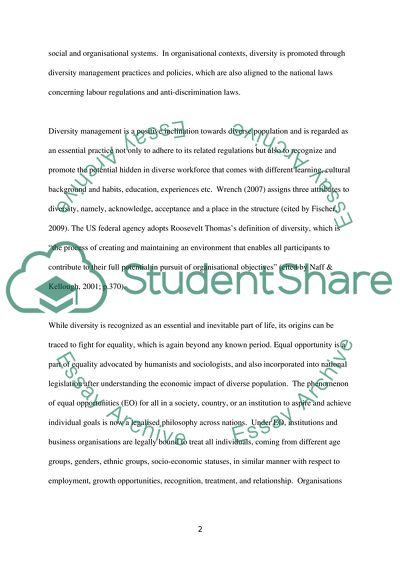Cite this document
(Managing diversity and equal opportunities Essay, n.d.)
Managing diversity and equal opportunities Essay. https://studentshare.org/human-resources/1815148-managing-diversity-and-equal-opportunities
Managing diversity and equal opportunities Essay. https://studentshare.org/human-resources/1815148-managing-diversity-and-equal-opportunities
(Managing Diversity and Equal Opportunities Essay)
Managing Diversity and Equal Opportunities Essay. https://studentshare.org/human-resources/1815148-managing-diversity-and-equal-opportunities.
Managing Diversity and Equal Opportunities Essay. https://studentshare.org/human-resources/1815148-managing-diversity-and-equal-opportunities.
“Managing Diversity and Equal Opportunities Essay”. https://studentshare.org/human-resources/1815148-managing-diversity-and-equal-opportunities.


